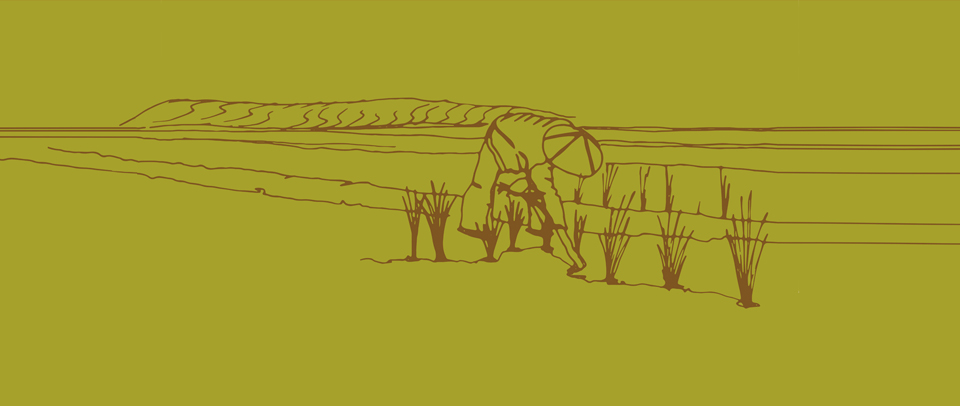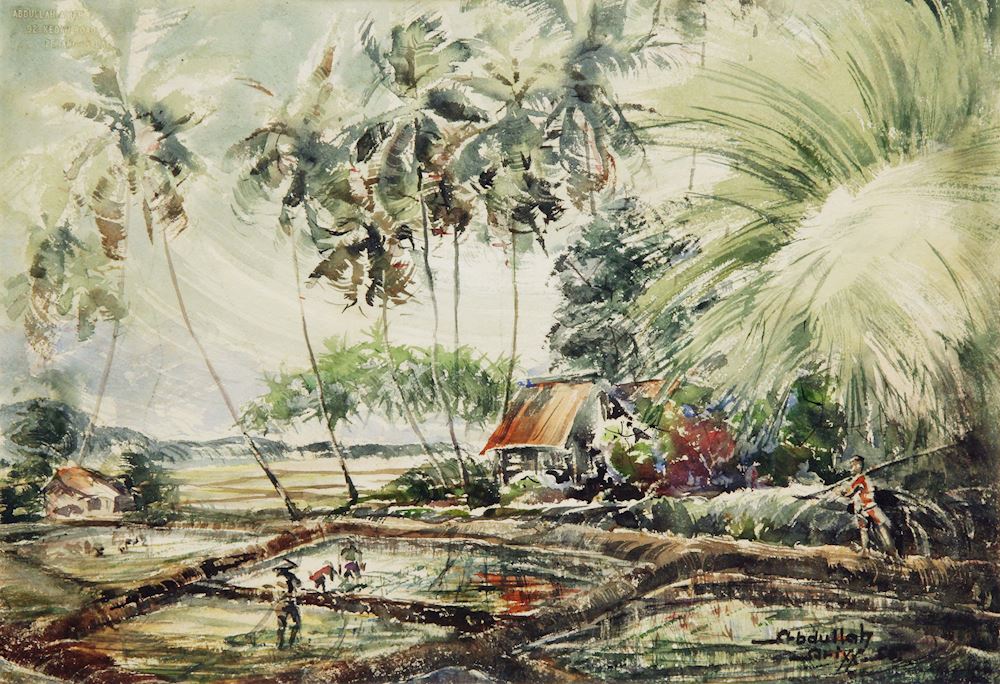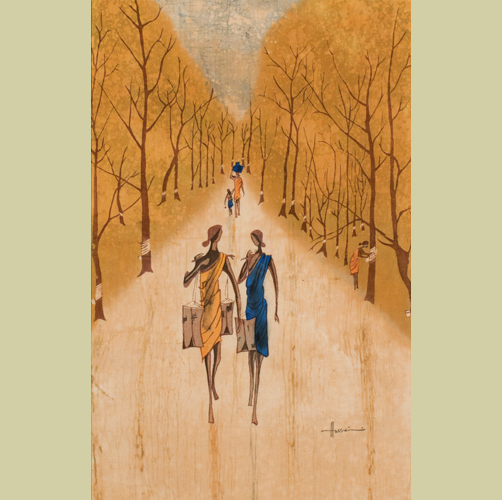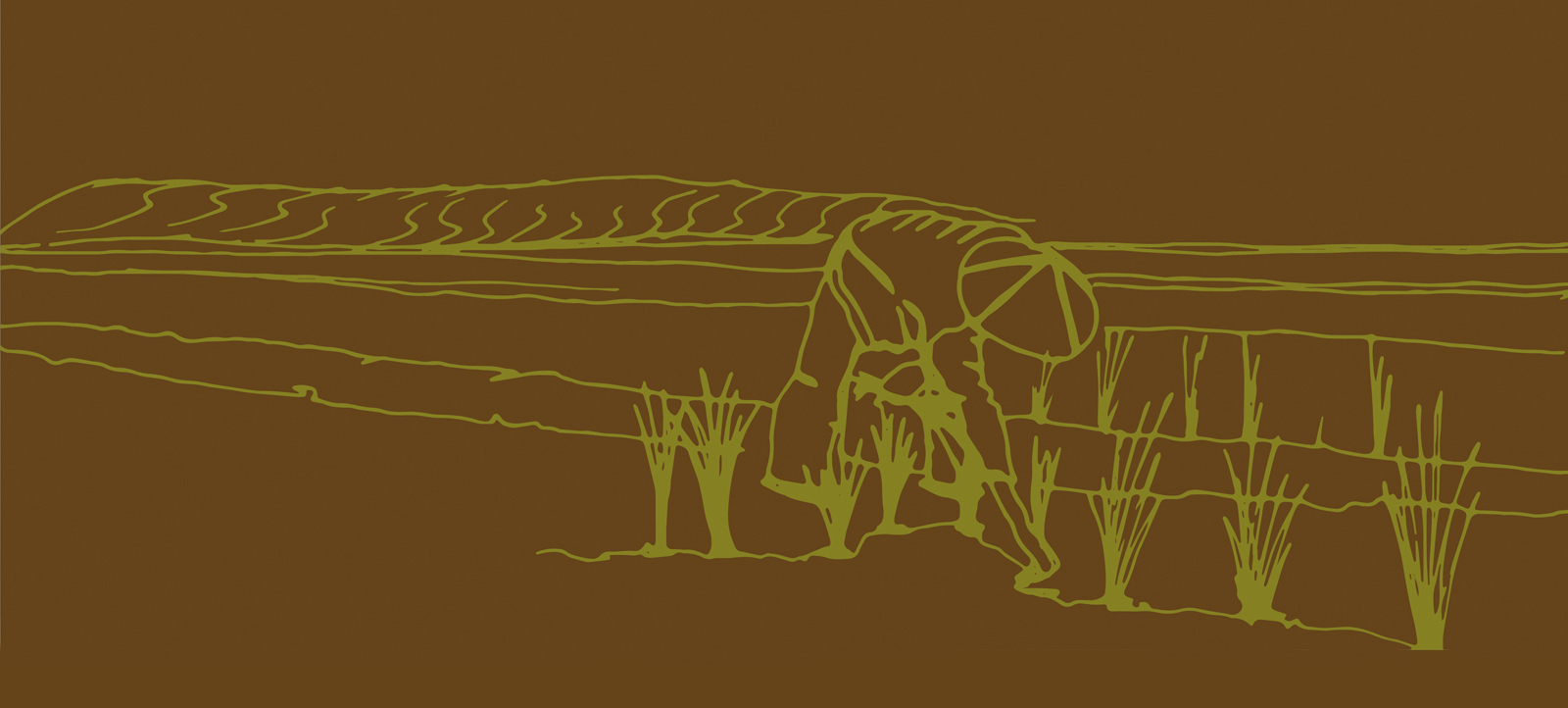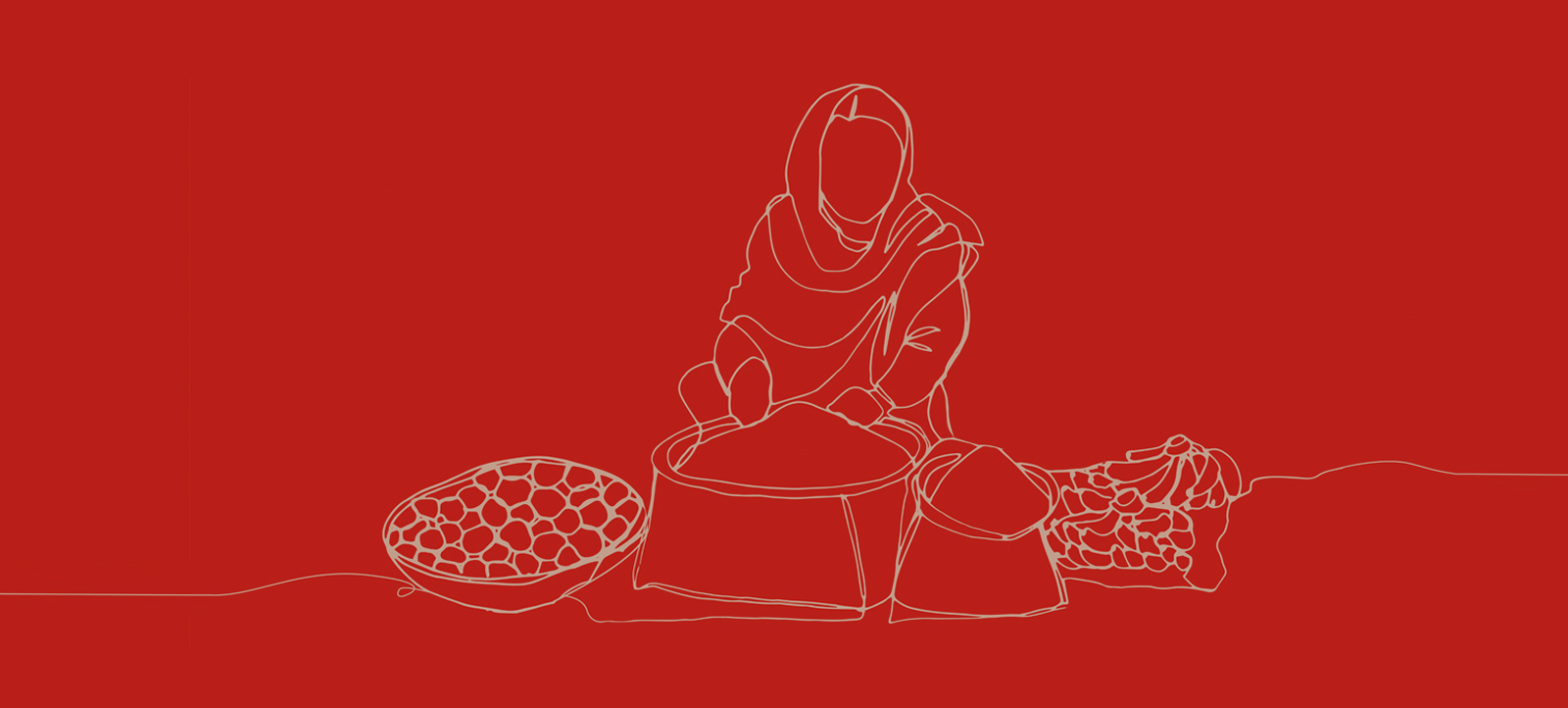As they are rich in natural resources, Malaysians often utilise their lands, and it is the focus of employment especially during the pre-independence era. The country's main agricultural activities include the cultivation of paddy, rubber, and palm oil.
Rice is a staple food for the population, and the main crop in the country. Permanent rice cultivation in Peninsular Malaysia began in the 10th century in Sungai Muda, Sungai Merbok (Kedah-Perlis), and river valley areas in Kelantan and Terengganu. Whether it is dryland paddy or hill paddy, much of them can be found more so in Sabah and Sarawak, than in the Peninsula.
The agricultural sector offers green landscapes with elements of peace, which is often the inspiration of many artists. In this exhibition, the work of ‘Windy Day,’ by Abdullah Ariff, depicts a flat and prolific green area for rice cultivation.
The Industrial Revolution, which broke out in 1889 in Europe, encouraged them to seek areas rich in natural resources, and Malaya was one of the options. With the arrival of Western authorities, particularly the British, the economy of Malaya faced major impacts.
From 1900 to 1941, new economic resources, such as rubber and palm oil companies, emerged. The entry of foreign labourers from China and India to Malaya had established settlements based on the pattern of economic activity, according to their race. In Sabah and Sarawak, the smallholders were mostly Chinese and indigenous people.
Hu Te Hsin's batik work, made in the 1960s, illustrates a view of a rubber plantation area, where Indian women dressed in saris are leaving after tapping rubber.
With the addition of infrastructures such as roads, railways, and communication systems, the production of rubber continued to increase until it reached 57% of world production (1926). To this decade, the rubber industry still contributes to the country's commodities, and Malaysia is now the world's leading supplier of rubber gloves. Originating from West Africa, palm oil began to be planted in Kuala Selangor. However, Johor was better known as a major exporter in the late 1920s, and now Sarawak has the largest estate in the country.
It is undeniable that the agricultural sector plays a big role in contributing to the development of Malaysia’s economy. The involvement of younger generations in digital technology and smart farming practices, in line with the Industrial Revolution 4.0, has improved crop quality and productivity. Through the reduction of agricultural imports, this sector has also presented a high potential to prosper the living standards of the population.
